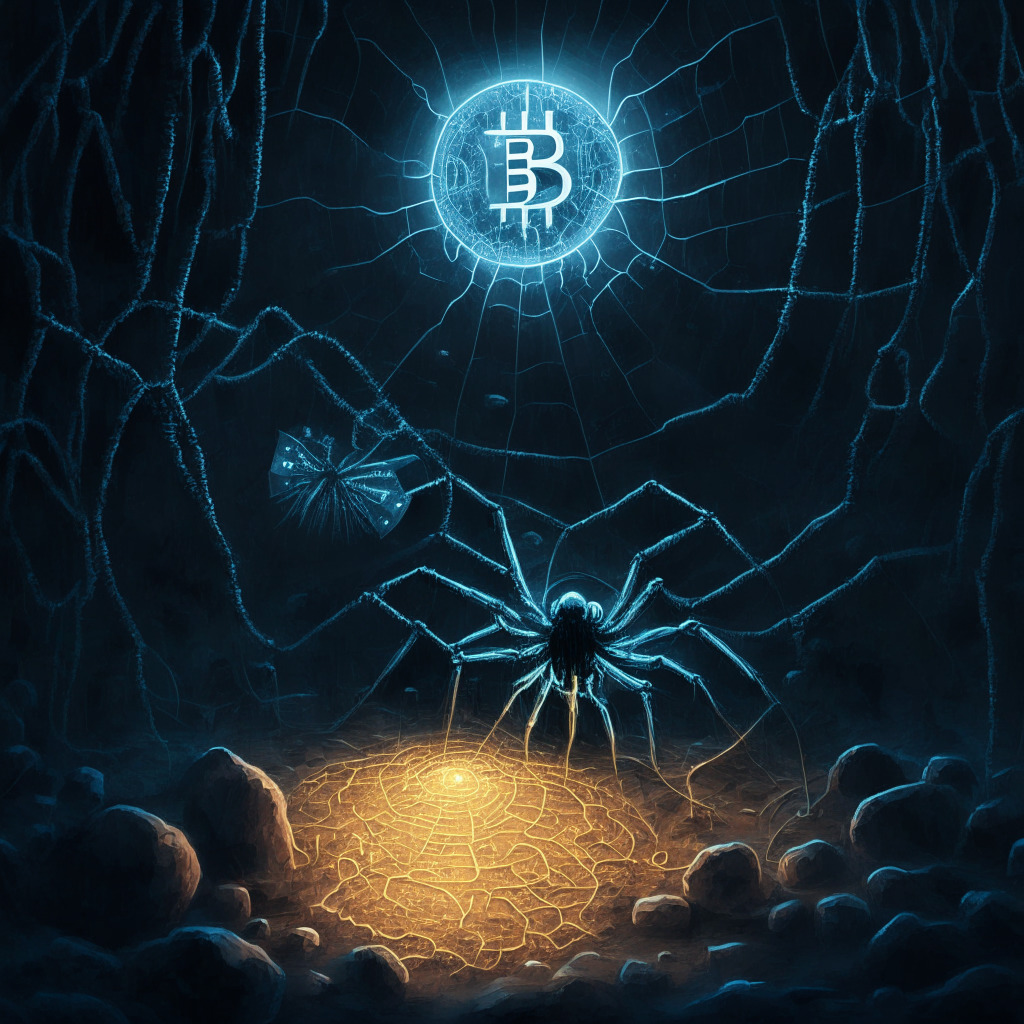In an effort to integrate blockchain technology further into the interactive online-third-generation-Web3, Mathew Sweezey, a former partner at Salesforce’s Futures Lab, has turned his focus towards smart tokens. Joining Smart Token Labs as Chief Strategy Officer, Sweezey’s ambition to bring Ethereum-based smart tokens to the broader Web3 community is a significant leap forward from traditional non-fungible tokens (NFTs).
Observed as an optimized fusion of NFTs and smart contracts, smart tokens, also known as the ERC-5169 token standard, are rewriting the game rules of digital ownership. Unlike the run-of-the-mill NFTs, which are typically minted as digital art assets under the ERC-721 and ERC-1155 token standards, smart tokens offer a dynamic and interactive experience as they perform pre-set assignments including autonomous wallet interactions and user transactions.
The explosion of NFT trading in 2021 piqued Sweezey’s interest in enhancing digital ownership. However, while familiarizing companies with Web3, Sweezey observed a challenging deficit: businesses were grappling with creating long-term utility for NFTs. While it’s clear that NFTs have infiltrated industries from gaming to event ticketing, these digital tokens lack inherent utility within their smart contract code. The token’s value and functionality are determined post-minting by its creator.
In comes the solution: Smart tokens. These digital assets, in addition to representing digital ownership, provide smart contract functionality that fosters an active role in a decentralized ecosystem. In the blockchain gaming world, a smart token could very well function as a game character, independently completing missions.
Upon discovering Smart Token Labs, a firm specializing in tokenizing loyalty and membership experiences, Sweezey foresaw an exceptional opportunity. For instance, through previous collaboration with Karma Automotive, Smart Token Labs tokenized car ownership, offering holders services like car registration and insurance.
Sweezey’s forthcoming endeavours at Smart Token Labs include highlighting how smart tokens can clear technical entry barriers such as setting up a crypto wallet. Interestingly, smart tokens can exist on or off-chain, in an Apple Wallet or an email address, thereby simplifying the entry process for new users itching to dive into blockchain.
A breakthrough moment for Sweezey came when he realized tokens could evolve into full-fledged applications, providing the frictionless gateway between Web2 and Web3 realms. Yet, attention should not only be given to the tokens themselves but also to the infrastructure behind them. Smart Layer, the native network of Smart Token Labs, assists businesses in launching into Web3, building smart tokens and creating composable digital experiences.
As Sweezey aptly puts, shaking off the NFT conversation and stepping forward into a new discussion on how digital experiences can be improved and business efficiencies unlocked through blockchain technology could solidly anchor the ideals of Web3 into our digital reality.
Source: Coindesk




